“We condemn this position by the US president, we consider it a setback from the outcomes of the latest round of negotiations, which led to the movement’s agreement to the proposal put forward by mediators,” Hamas said in a statement.
Biden said on Saturday that a ceasefire in the Israel-Hamas war would be possible “tomorrow” if Hamas gave up captives seized in its Oct. 7 attack.
The US president raised the topic of the prisoners during a speech in Seattle after warning Israel he would stop supplying artillery shells and other weapons if it sent ground troops into the city of Rafah.
Negotiations between Hamas and Israel for a truce and hostage exchange deal, mediated by Egypt, Qatar, and the US, appear to have stalled amid Israeli military action in the southern Gaza city.
Hamas said Israeli Prime Minister Benjamin Netanyahu had “rushed to overturn” the talks by launching an offensive in Rafah.
Hamas movement accused the Israeli government of “escalating their brutal massacres in various areas of the Gaza Strip” and “reaffirming their pursuit of continuing the genocidal war in Gaza.”
Israel defied international opposition this week and sent tanks and troops into eastern Rafah, effectively shutting a key aid crossing.
On Saturday, the Israeli military expanded an evacuation order for eastern Rafah and said 300,000 Palestinians had left the area.
War-weary Gazans flooded toward coastal areas of the Gaza Strip’s southern city of Rafah, fleeing heavy bombardment in eastern zones after Israel ordered them to evacuate.
“We endured three days that can be considered hell,” said Mohammed Hamad, a 24-year-old resident of eastern Rafah who was among the 300,000 Palestinians that Israel says have fled the fighting.
Eastern parts of the city have been heavily bombarded in recent days, according to witnesses, as Israel sent tanks and ground troops into the areas in “targeted raids.”
“They were among the worst nights for us since the beginning of the war,” Hamad said from Al-Mawasi, an area Israel has designated a “humanitarian zone” despite aid groups warning that it is unprepared for such an influx.
Rafah’s population had swelled to around 1.4 million after hundreds of thousands of Palestinians fled fighting in other areas of the Gaza Strip and sought shelter there during more than seven months of war.
“They started by distributing flyers in the morning, and immediately began brutal artillery and aerial bombardment without giving people a chance to think or organize their belongings properly,” Hamad said.
AFP photographers saw dozens of families loading furniture and household items on trucks and fleeing from Rafah, many heading for Khan Yunis, the main city in the south of the Palestinian territory.
Many people, especially women and children, lingered on streets outside their homes before moving out.
MNA/PR



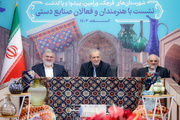

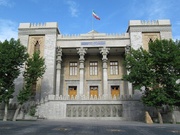

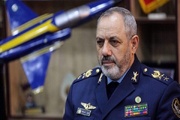
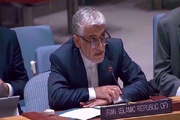
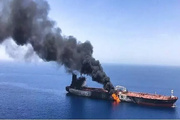


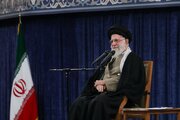



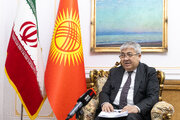
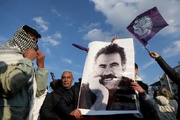
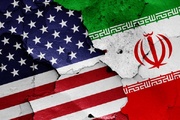
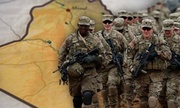





Your Comment